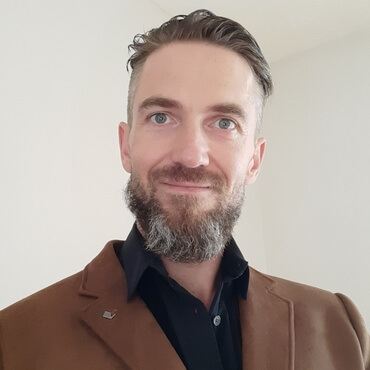<< Back to Our HQPs and interns
Étienne Clabaut
Postdoctoral researcher (2020-2021)
During my PhD, I had the chance to work with a radiative transfer model that allows to estimate the proportions of the constituent minerals of the planetary regoliths. Although the goal of my thesis was to apply this model in an open-pit mining context, I was able to familiarize myself with some work related to Martian geology. This field is particularly fascinating. It excites the imagination. To understand Mars is also to understand the Earth and perhaps the origin of life.
My first work as a postdoctoral fellow allowed me to target areas of interest for the presence of gossans in the Canadian permafrost (read the article published by Clabaut et al., 2020). These can be considered analogous to certain Martian geological formations. Their study should lead to a better understanding of the geological and, hopefully, biological processes at work on the Red Planet.
Currently, I am focusing on a technique to increase the spatial resolution of satellite images from a deep neural network. Indeed, data from the orbiter are sometimes missing, or the spatial resolution is not fine enough for the work we are trying to do. Is it possible to "create" data? In the super-resolution field, the model is said to "hallucinate" details in the image. But can these hallucinated details be exploited in remote sensing? Do they provide relevant information or is it just a varnish that makes the images sharper?
I hope that this work will add a small, modest brick to our knowledge of Mars, but also to our knowledge of Canadian permafrost.
